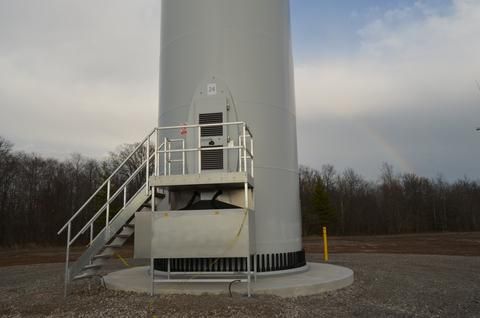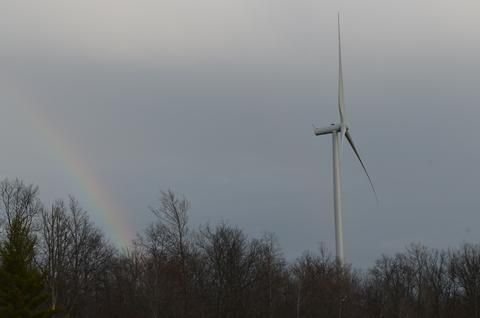Welcome back to Blogs in Motion! This time, we’re taking a look at one of the oldest methods of generating power: wind.
Ever since we first propelled boats with simple cloth sails, harnessing the power of wind has been in humanity’s reach since as early as 5000 B.C. Many different cultures across different time periods have used variants of windmill technology for use in a variety of important tasks, such as food production or pumping water. The technology improved over time and now, we can use wind power as a potential substitute for conventional fossil fuels. Before we discuss the positive and negatives about wind power, let’s take a quick look at how it works.
How is wind power generated? The process requires devices known as “wind turbines”, mechanical constructs primarily composed of a series of propeller-like blades and an internal generator housed inside the support tower. The turbine blades spin whenever a sufficient amount of wind blows, which causes the connecting rotors inside the tower to spin as well, generating kinetic energy. The generator within the turbine’s support tower transforms this kinetic energy into useable, electrical power to be stored and/or transferred for use.

The base and entrance of an average, operational wind turbine
Now that we have a basic understanding of how wind turbines generate power, our question becomes: What are the benefits of supporting global energy production with wind power?
Wind power is one of the more environmentally friendly methods of providing wide-spread energy. Wind is caused by a combination of the Sun’s heating of our atmosphere and the Earth’s rotation, making it accessible across the globe for as long as the Sun is in the sky. This makes wind a resource that is completely free and renewable, enabling a wide reach for multiple levels of use. Additionally, no pollution or greenhouse emissions are generated during wind energy harvesting, unlike traditional fossil fuels. As we’ve seen, environmental energy is a critical factor to consider when looking at our collective energy needs.
The community potential for wind power is also quite impressive. Although the structures themselves are large and somewhat imposing, they don’t actually require a great deal of horizontal space to operate in. Installing wind turbines can also help supplement energy needs when mainline power outages occur, keeping critical community installations functioning. It’s also worth noting that the reported operational costs of residential wind power have been decreasing significantly since the 1980’s and they’re continuing to drop as new technology is developed and integrated into existing wind turbine designs. This allows existing farms and agricultural communities to easily incorporate wind power into large-scale use.

A wind turbine at work in Caledonia, Ontario
As we’ve seen before, no method of generating power is perfect, so we must ask ourselves: What are the drawbacks on increasing our dependence on wind power?
Wind energy shares some similar drawbacks with another environmental energy source: solar power. Being dependent on an environmental resource makes wind a sporadic source of power, as electrical energy can only be harvested when the wind is actually blowing and making the turbines turn. Although this environmental variability can be monitored and compensated for, it’s still a factor to consider when using an environmentally-based energy source. Additionally, manufacturing and transporting the materials and parts for wind turbine construction rely on conventional means, which can still contribute to greenhouse emissions.
There have also been varying reports of wind turbines being somewhat disruptive to nearby communities. Some people have reported that the sound of wind turbines is loud and disruptive, comparing it to the sound of a small jet engine. Others have complained that the turbines are “eyesores” in areas that would otherwise be very picturesque or remote. Finally, wind turbines have been criticized for being potentially hazardous to local wildlife, such as birds or bats. However, modern wind turbines spin at lower speeds and use smoother support towers then previous models, greatly reducing this risk.
What are your thoughts on the use of wind energy? Should we increase or decrease our dependence on it? How could wind energy be further used to support our existing energy demands? Let us know in the comments below or on our social media channels.